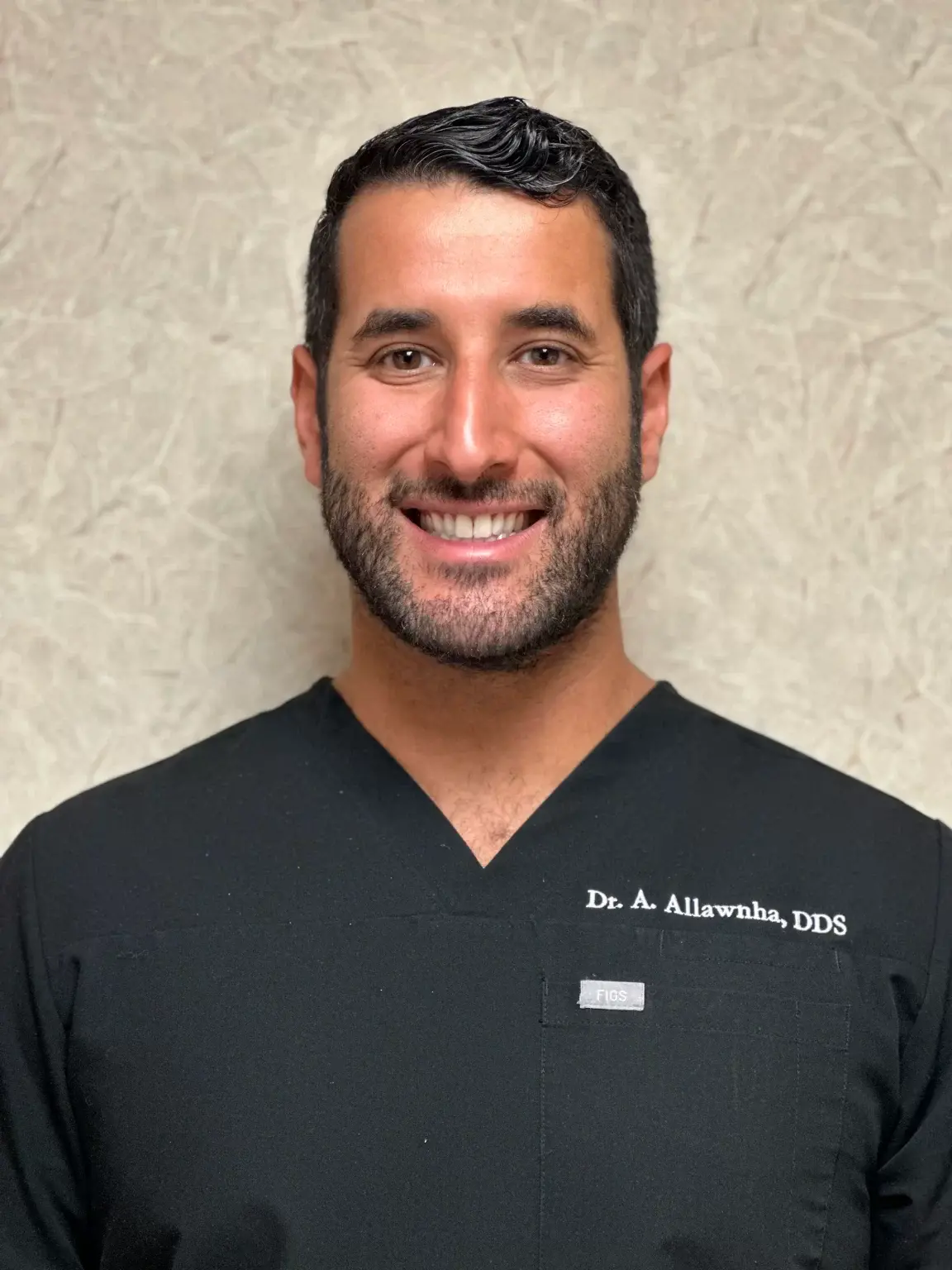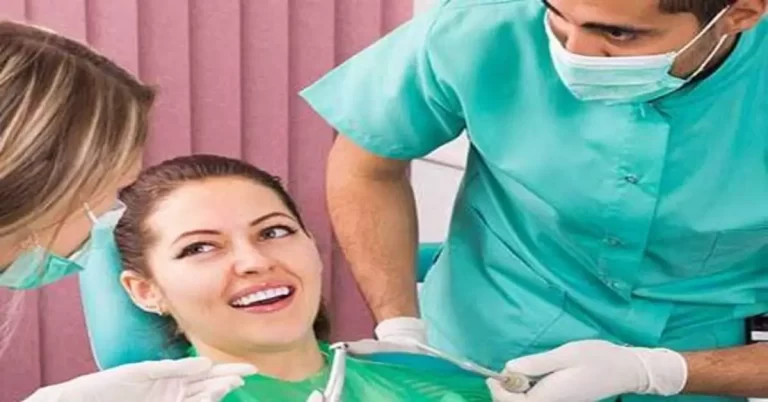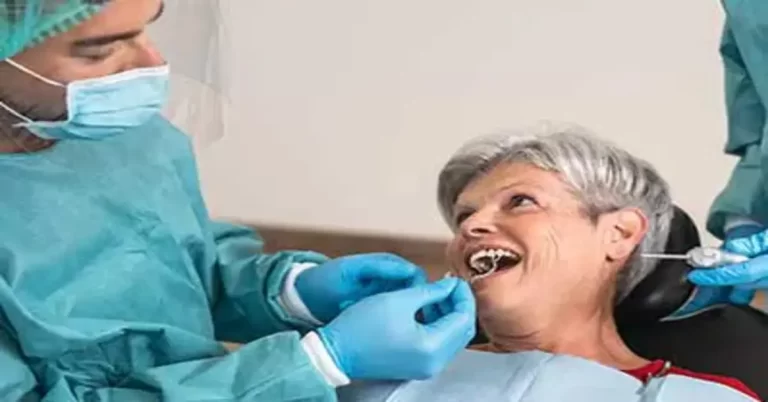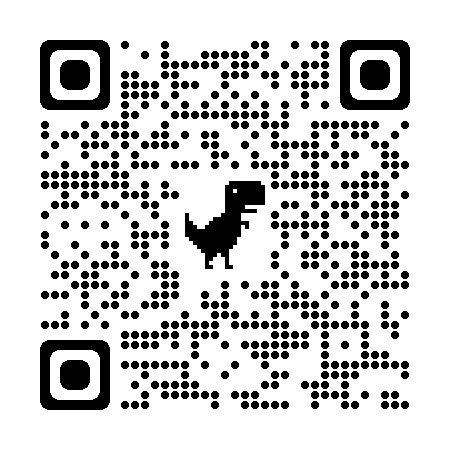According to the American Dental Association, people visit the emergency department for dental conditions every 15 seconds. 70% of these emergencies happen outside of regular business hours.
Being prepared for emergencies, dental or medical, is important. Aside from knowing first aid techniques, you should also have the correct tools to administer dental first aid correctly.
Why a Dental First Aid Kit Is Important
Families will have an emergency, and they may involve their teeth, gums, and tongue. Sometimes, a dentist may be miles away, or your primary dentist is away or busy with urgent patients. Not having a dental emergency kit with instructions and equipment will keep you from handling situations like alleviating pain, controlling bleeding, and keeping your family member comfortable while waiting for a dentist.
What Should Be in a Dental First Aid Kit?
Aside from particular items and medications, your dental emergency kit should also have instructions for all its contents. Having one ready can help make things go smoother if someone needs to use a particular item in your kit. Jot down instructions for each item on a piece of paper or an index card. You can find these instructions on the net.
You can customize your kit’s contents for dentures, orthodontic devices, and other dental needs. Some also seek advice from dental experts on what they should include in their emergency kit. The best dental kit will include the following:
Tweezers
Tweezers are a handy tool to remove small pieces of debris like fish bones, enamel chips, and dental restorations. However, don’t use them to remove things between your teeth. You might damage your gums and teeth, making things worse.
Dental Mirror
A dental mirror is one of the most crucial dentist’s essentials to have in your dental first aid kit. It allows you to see inside your mouth that your regular mirror won’t be able to show. It can help locate chips, cracks, and decay between your teeth. Some have a built-in light, but you can also use a small flashlight; make sure you have one in your kit.
Dental Wax
Most people with traditional braces cover the metal parts of their braces with dental wax to protect soft tissues from irritation. Dental wax can also protect and stabilize damaged teeth or smooth out sharp edges that could damage your gums and tongue.
Tea Bags
Tea bags can also stop bleeding in soft tissue injuries or extraction sites. Teas have tannins that constrict blood vessels, which slows or stops bleeding. Tea bags also taste better than gauze.
Small Container
Use a small waterproof container to keep a tooth that has been broken or fallen out. Keep the tooth wet by wrapping it in a damp paper towel or soaking it in water or milk.
Floss
Dental floss is not just for daily oral hygiene. You can also use it for certain dental emergencies. Floss can help remove food stuck between teeth, a common cause of toothache.
Gauze
You probably already have gauze in your average first aid kit. You should also add it to your dental first aid kit to create barriers between the soft tissues in your mouth or to control their bleeding.
Toothbrush
A spare toothbrush is always an excellent addition to your dental emergency kit. You can use one to clean the mouth or to place temporary restoration material after an accident.
Gloves
Gloves are another item you probably already have. They allow you to keep things clean and sanitary when you need to put your hand into your or someone else’s mouth. They are beneficial during emergencies since they help prevent infections.
Pain Management Options
Having pain management options ready is important during a dental emergency. Keep ice packs, oral anesthetics, and pain medications like acetaminophen and ibuprofen. Don’t take aspirin during an emergency, as it causes excessive bleeding.
Temporary Restoration Material
You can use over-the-counter temporary crown material or fillings if you lose a dental restoration. A temporary restoration material can temporarily cover an area left by a damaged or lost restoration, protecting it until your dentist replaces it.
First Aid for Common Dental Emergencies
It’s also good to add some instructions on handling common dental emergencies like:
Broken Tooth
Use antiseptic toothpaste to remove any dirt gently and debris from the injured area. Apply an ice pack or cold compress to the affected area if it’s swelling, and wrap the tooth with dental wax to prevent any lacerations to the cheeks or gums. Go to your dentist immediately after applying first aid.
Toothache
Toothache has many causes. If there’s food between teeth causing pain, rinse with warm water, use dental floss to remove the food debris, then rinse again. For swelling, avoid heat and apply an ice pack to the cheeks for 20 minutes on and off. You may also take pain medications to relieve pain. See your dentist as soon as possible.
Knocked Out Tooth
Retrieve the tooth if possible. If it’s a baby tooth, place it in milk, salt water, or the patient’s saliva. Use clean water if these aren’t available. If it’s a permanent tooth, don’t touch the roots, and carefully return it to its original socket. Seek immediate treatment.
Object Wedged Between Teeth
Carefully remove the object using tweezers or dental floss. Rinse with water thoroughly to remove any remaining particles. Don’t attempt to remove the object with a pointed or sharp instrument. See your dentist immediately if you can’t remove it.
Bit Lip or Tongue
Use sterile gauze to apply direct pressure on the area for 15 to 20 minutes. Then, rinse the area with an oral cleanser to stop bleeding and clean the area. Apply an ice pack or cold compress to reduce any swelling. Persistent bleeding may need emergency medical care; head straight to the emergency department.
Key Takeaway
Dental emergencies are unpredictable, and it’s important to be always ready for them. Having a dental emergency kit on hand allows you to perform first aid procedures that can help improve outcomes and provide relief while waiting for an available dentist. Performing first aid is not enough; seek emergency medical care or head
to your primary dentist as soon as possible for proper treatment.
Be ready for dental emergencies with Century Dental.
Our dentist near Treasure Island, FL, is ready to step in for dental emergencies. Call (727) 367-3313 or book an appointment as soon as possible. They can also provide dental restorations and cosmetic dentistry procedures to repair any damage caused by dental emergencies.





